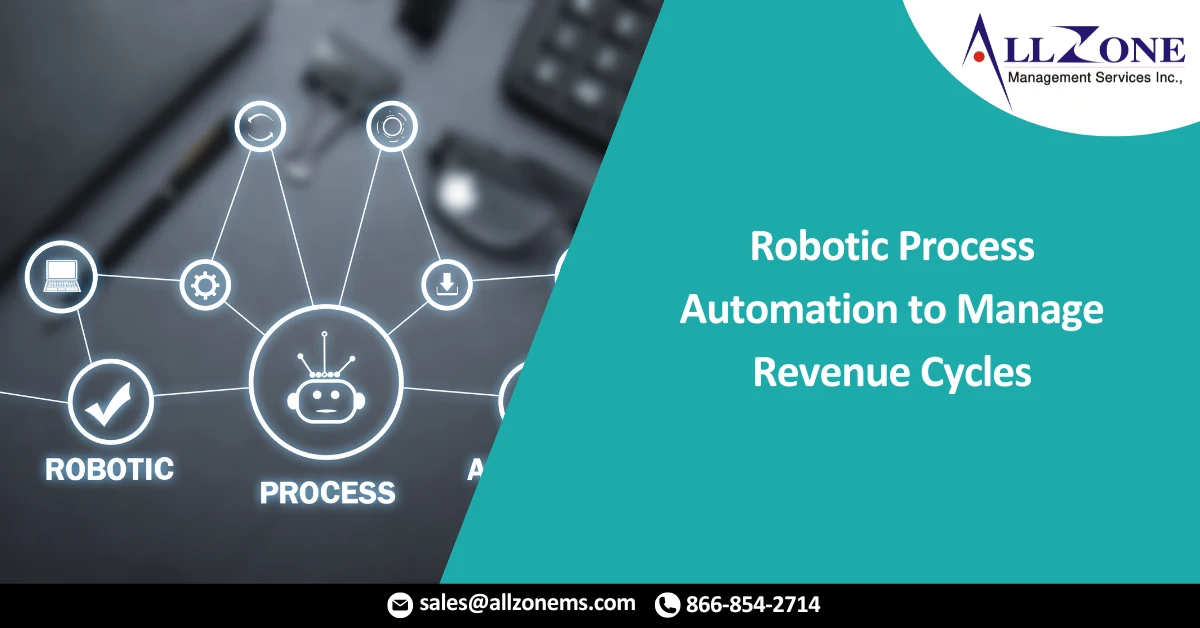The technology, growing in popularity, is one way to reduce errors and enhance communication.
Speeding up and simplifying the communication between provider and payer means a lot more than just getting reimbursed. It can help healthcare organizations be more transparent about costs to patients. It can maximize the amount of time skilled workers deal with higher level problems. It can ensure not only that a provider is getting paid the full amount but that the provider even gets paid at all.
One piece of technology driving this improved process is robotic process automation, also known as machine learning. Matt Hawkins, CEO of Waystar, a healthcare revenue technology vendor, says robotic process automation has the ability “to automate and mimic some of the behaviors that people are doing manually” while reducing errors and speeding up the time it takes to estimate cost, validate and submit claims, and follow up on getting paid.
Accuracy Counts
In a complex process that involves large amounts of data, any room for error needs to be eliminated. Even a mistyped number can lead to a denied claim, so there are benefits to automating wherever possible.
Instead of manually entering in everything from patient financial and healthcare data to managing the validation and consistency of clinical documentation, Hawkins says robotic process automation blocks a lot of places where errors occur.
“In most cases, if you have manual work there’s a possibility for error,” he said. “Robotic process automation saves [providers] a tremendous amount of time and resources they can allocate to a higher order of things like engaging with patients.”
Keeping in Touch
Any team knows good communication is important. It is no different for a healthcare provider: Both patient and payer deserve fast and accurate information.
Because reimbursement rates vary so much between payers, many hospitals don’t even know what they will be reimbursed for a specific procedure and patient. Instead of a person laboriously researching each rate on a case-by-case basis, an automated system automatically can make the connections and provide faster, more accurate results.
Likewise, after a bill has been sent, the provider relies on an army of phone-wielding staff to follow up with a payer that might be holding up a claim in adjudication. Using robotic process automation to keep track of the status of payments and flag errors that might crop up gives a provider a better handle on their revenue cycle and deliver a better experience to patients.
“That leads to a lot of downstream work to follow up,” Hawkins said. “Not to mention invoicing and collection of payment from patient.”
The Road Ahead
Organizations see the benefits of automating revenue tasks, even incorporating it into their strategic vision. Eliminating a lot of the slow and error-prone parts of the financial cycle frees up resources and speeds the process.
Providing realistic and timely estimates, continuously validating clinical documentation and adjusting codes, and staying abreast of reimbursement status all streamline and improve the care process and patient experience.
“Through automation you can eliminate the cycle and just call it revenue management,” Hawkins concluded.
For More Information: https://www.healthcareitnews.com/news/using-robotic-process-automation-manage-revenue-cycles

